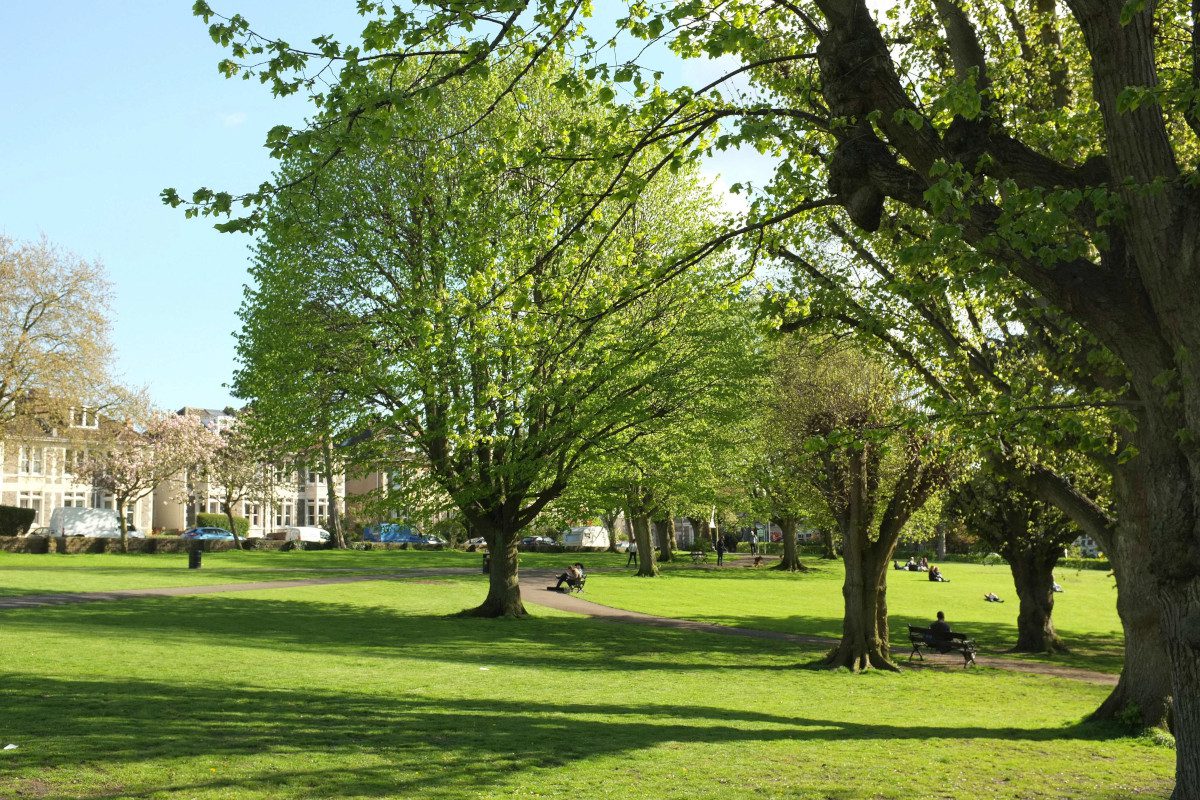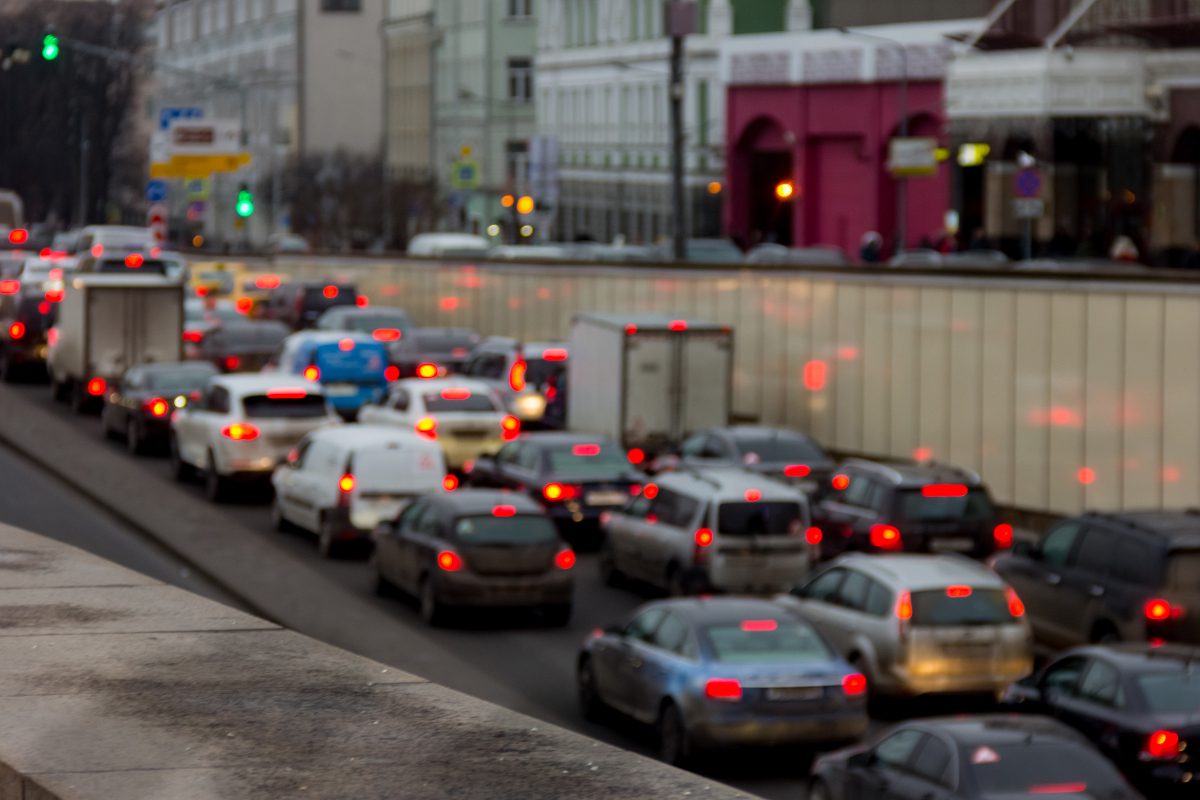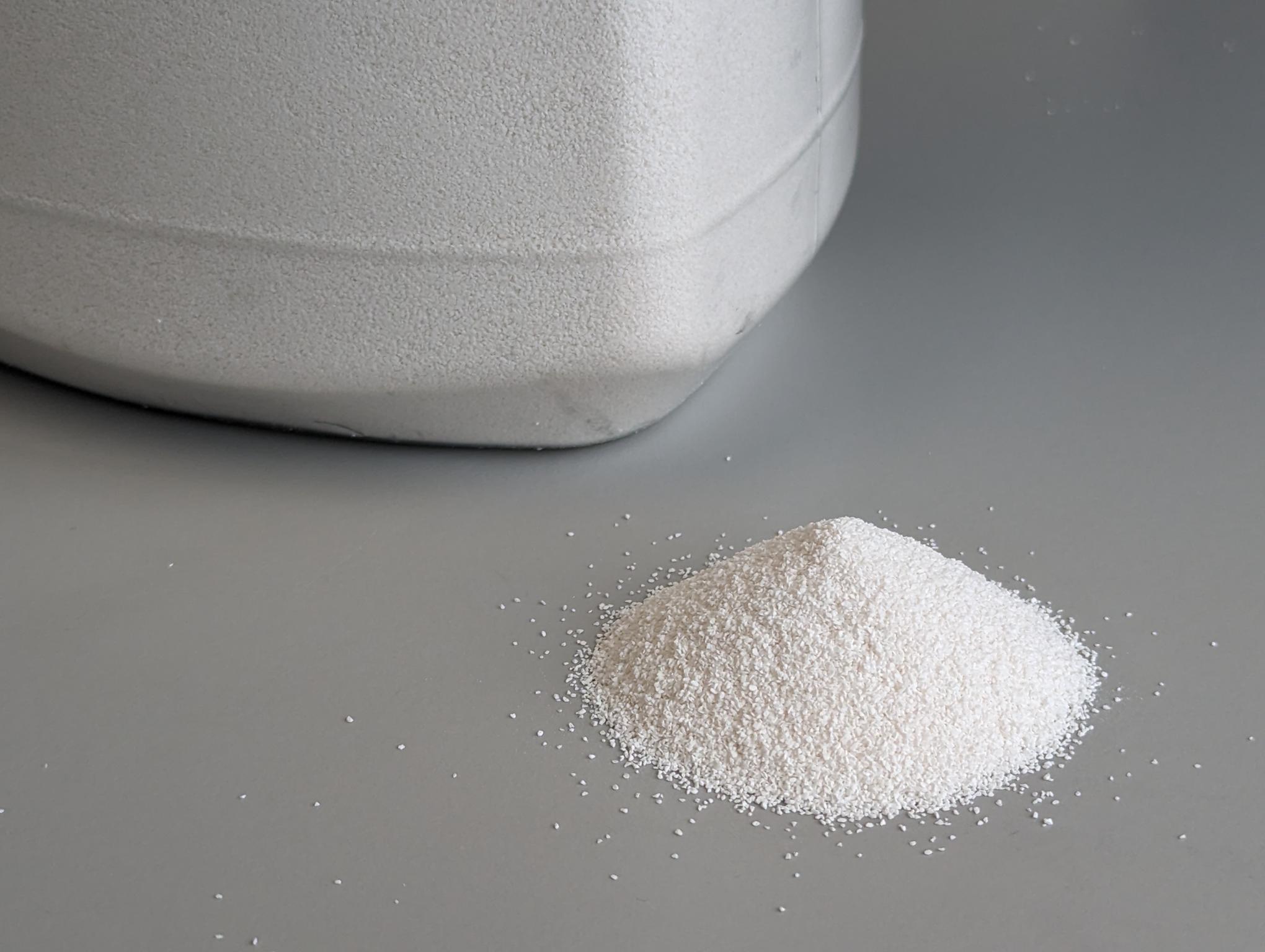A new study suggests the proportion of harmful substances in particulate matter is much higher than assumed. It focuses particularly on reactive oxygen species, and uses novel measurement methods
The study seems to indicate inadequacies with the way we have been measuring PM to date. It’s the highly reactive components in PM that account for most of the danger, and the risk that ongoing exposure will lead to disease. The researchers – from the University of Basel – have now shown that precisely these components disappear from the body within hours, which means previous measurements will have completely underestimated the quantities present.
As a publication on the study in Science Advances explains, the chemical composition of these particles, which come from a wide range of both anthropogenic and natural sources, is highly complex. Which particles trigger which reactions and long-term diseases in the body is the subject of intensive research.
This latest research focuses on particularly reactive components known as oxygen radicals or reactive oxygen species. These compounds can oxidize biomolecules inside and on the surface of cells in the respiratory tract, damaging them and in turn triggering inflammatory responses that impact the entire body.
Experts previously collected the particular matter on filters and analyzed the particles following a delay of days or weeks. “Since these oxygen-containing radicals react with other molecules so quickly, they should be measured without delay,” said atmospheric scientist Professor Markus Kalberer, explaining the idea behind the study.
His team has developed a new method for measuring particulate matter, which functions within seconds. This involves collecting the particles directly from the air in a liquid, where they come into contact with various chemicals. Within this solution, the oxygen radicals then react and produce quantifiable fluorescence signals.
Measurements taken with the new method appear to reveal that 60% to 99% of oxygen radicals disappear within minutes or hours. Previous analyses of particulate matter based on filter deposition therefore delivered a distorted image. “However, since the measurement error in the case of delayed analysis isn’t constant, it’s not that possible to extrapolate from previous filter-based analyses,” says Kalberer. The real proportion of harmful substances in the particulate matter is, he says, significantly higher than previously assumed.
Measurement challenges
The principal challenge with the new method was to develop an instrument that carried out chemical analyses autonomously and continuously under stable conditions not only in the laboratory but also during field measurements at a wide range of locations.
Inflammation insight
Further laboratory analyses with epithelial cells from the lungs provided evidence that, in particular, the short-lived, highly reactive components of particulate matter have a different effect than that of the particles analyzed using the previous, delayed measurements. The short-lived reactive components in particles triggered different and stronger inflammatory responses.
In a subsequent step, the measuring instrument will be further developed in order to obtain deeper insights into the composition and effects of particulate matter, says the group. Kalberer explains: “If we can measure the proportion of highly reactive, harmful components more accurately and reliably, it will also be possible to adopt better protective measures.”
















